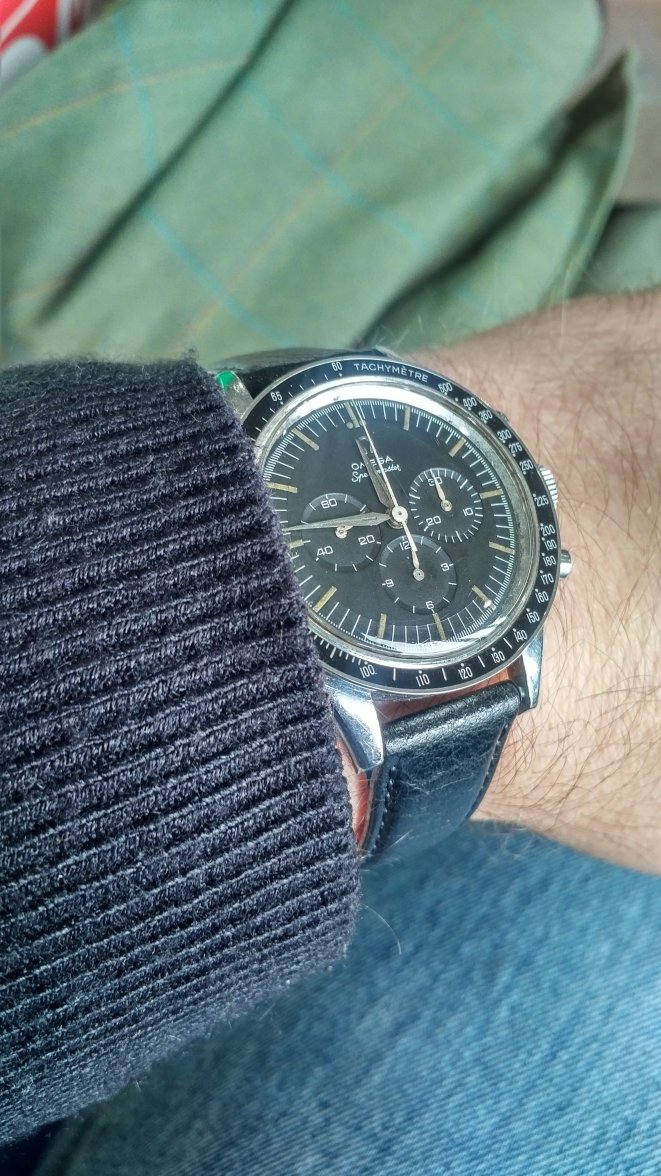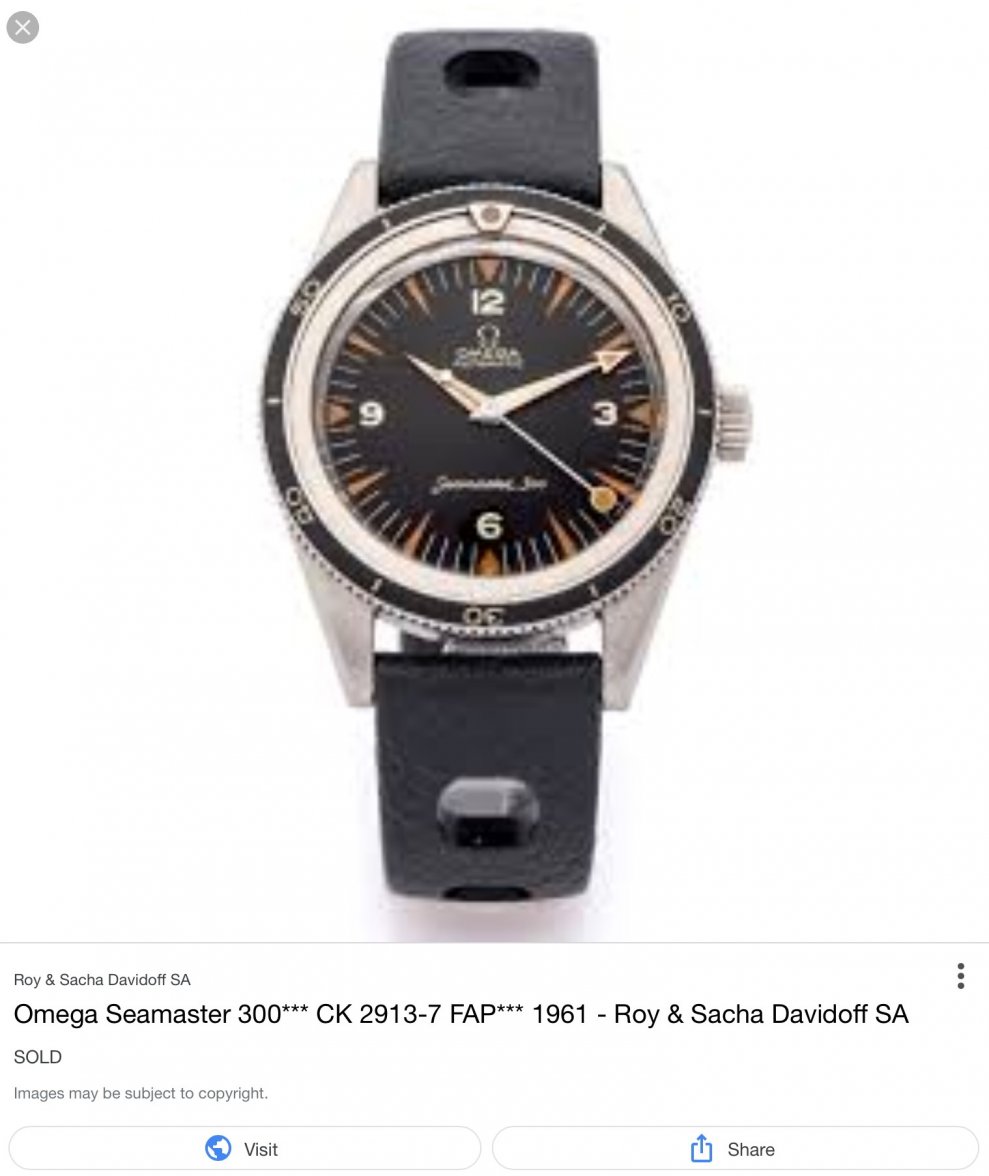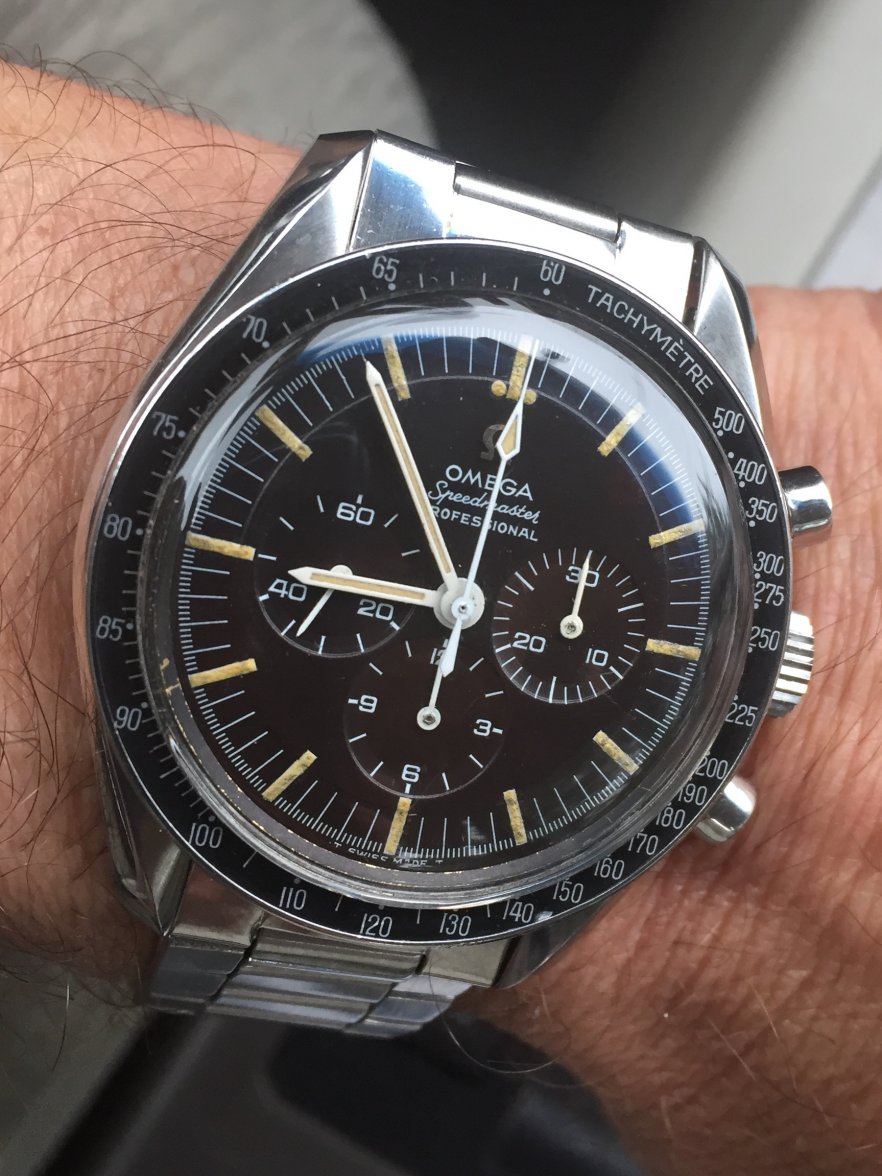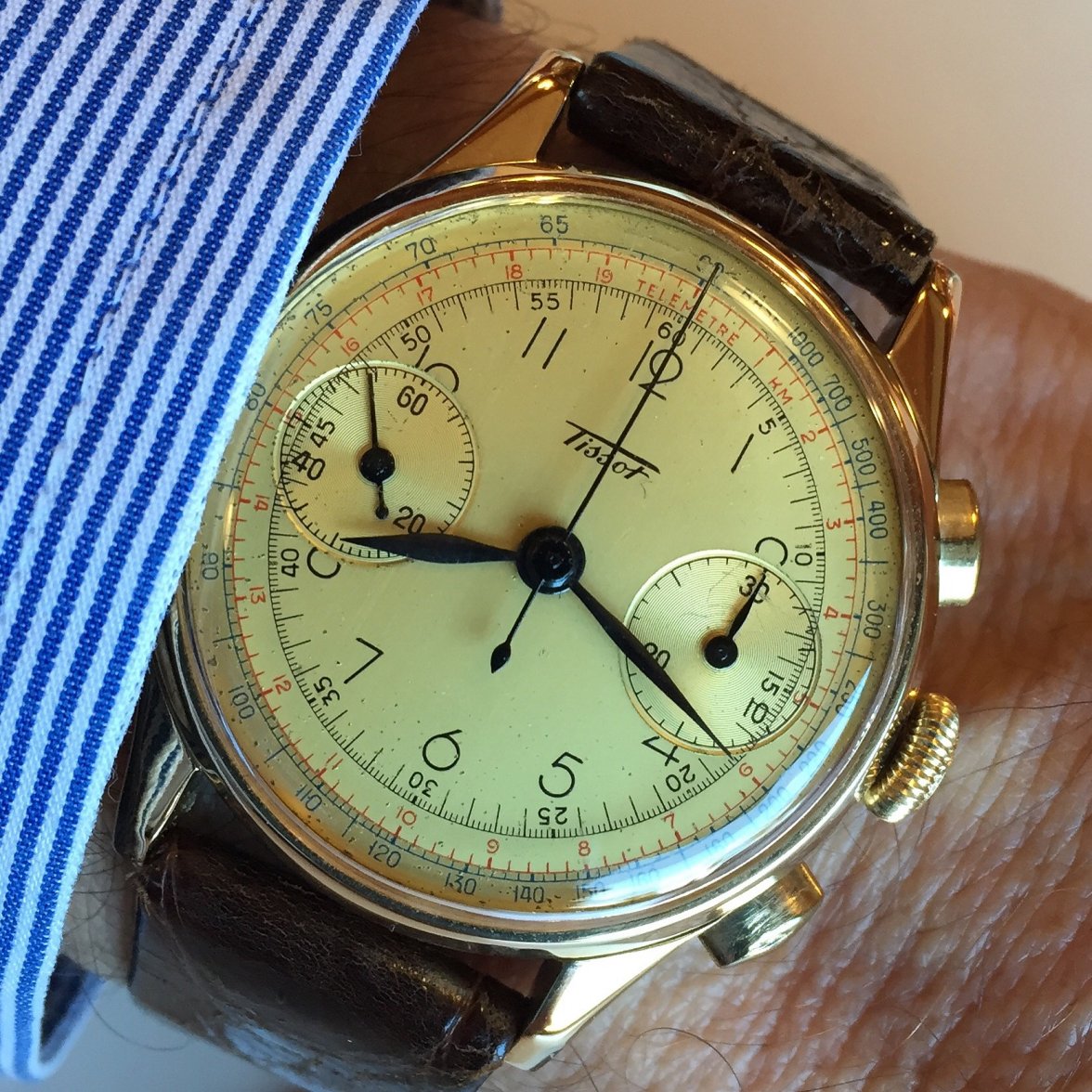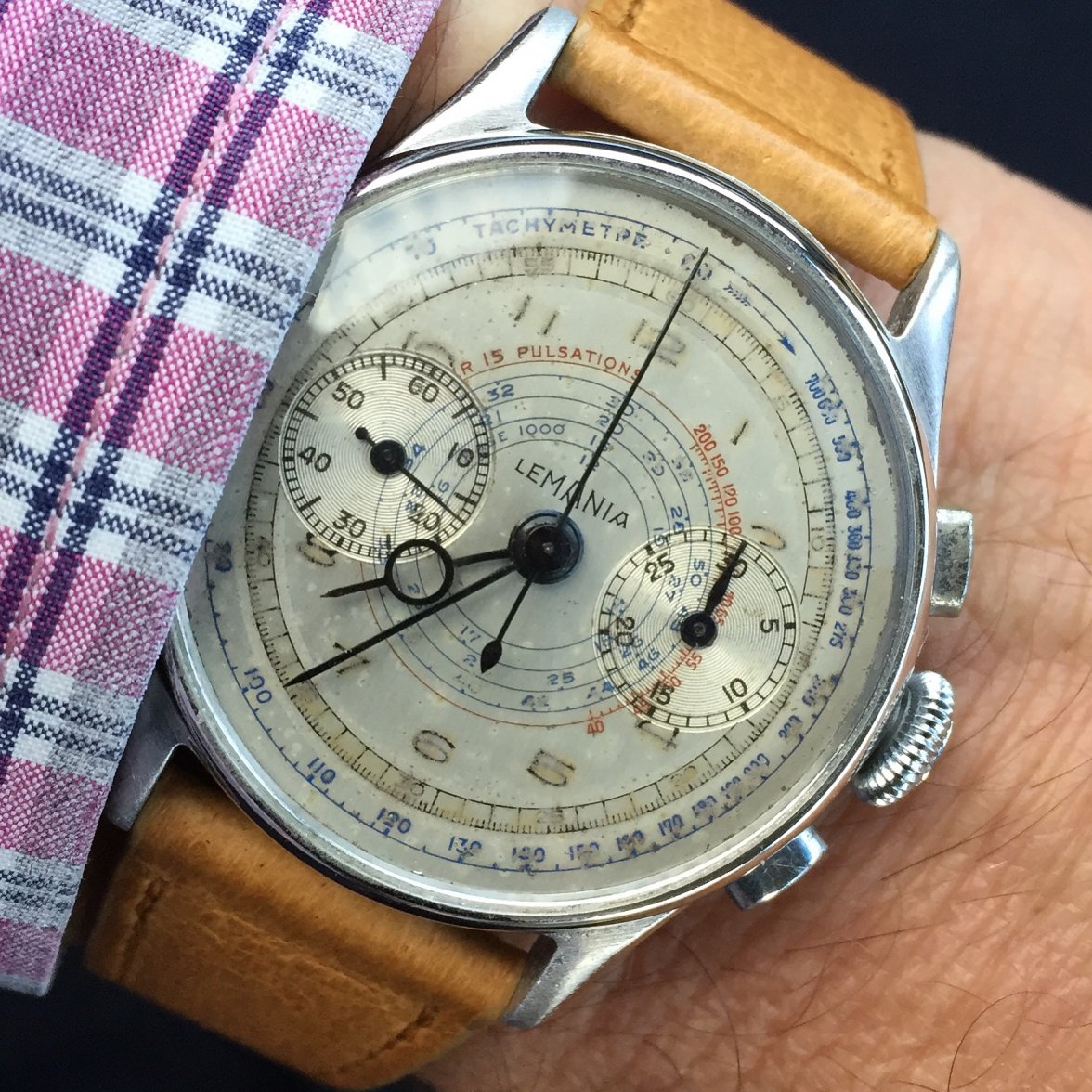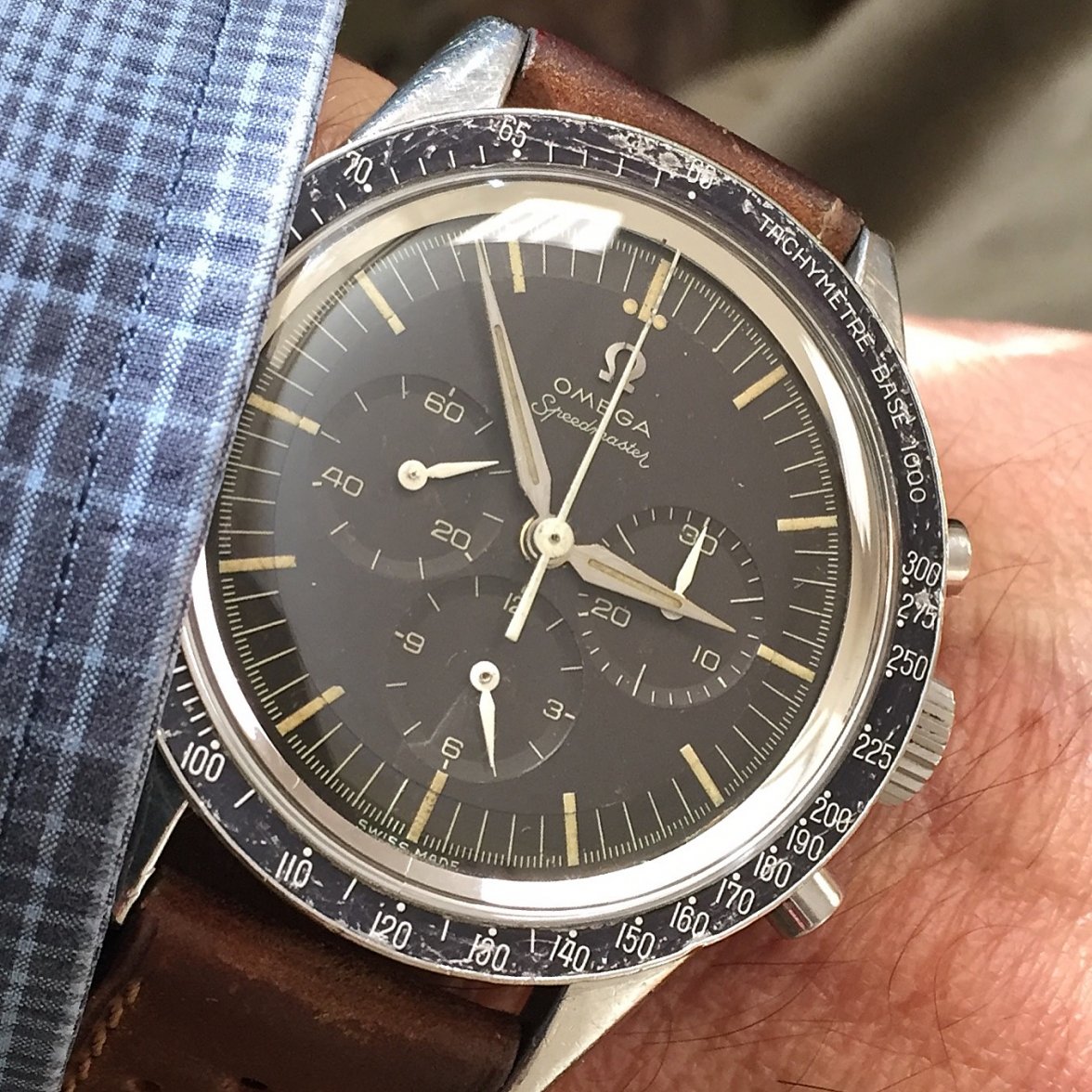But from my experience out of all Omega models the sm300's seem to have lived hard lives and it's very, very rare to find them in excellent condition and with all correct parts. I think you have to accept a lower standard of condition with these than you might for a Speedmaster for instance. I would go so far as to say that if you are looking at an example that has every part in good condition and correct for the year then you want to look even more closely at it and expect some components to have been exchanged. Of course that doesn't detract from the need to disclose any changes that are known about, just expect some parts to have been replaced on this model over the normal course of their life
... and herein lies the truth of the matter.
If you're in the market for a ... (thinking of an example), an America's Cup Seamaster, then search for the best example, boxed, with papers and everything else. They are out there; they are relatively new; they are reasonably plentiful. You can insist on something that's basically as new.
On the other hand, let's use an example I have: you want a 1956 Heuer Alarm. Only a handful were ever made; fewer still survive. I've only ever seen one photograph of the reference other than the one I own. I know mine has a replacement seconds hand, but you have to "cut your cloth" and accept that or decide that you just don't want to own one.
Now come to a 60 year old tool watch. The one owner barn finds are as rare as rocking horse shit. Finding them is a full time job unless a potential seller actually seeks you out as a buyer because of your profile as a buyer and collector. That means that you end up looking for where these watches are sold. You have to wait for someone else to find them for you.
Due to the fact that these watches were tools, most were used as such and most were damaged in some way. Even those that were well looked after and serviced suffered as a result of that with later replacement parts. So, as a collector, we have to consider what counts as "original" and what is (that dreaded word) a "franken".
Here's my two-penneth: what really counts is the intention of the seller:
If the watch is genuinely original, then that is the easiest example to weigh and you can fully expect to pay a large premium to own it;
If the watch is an example with a number of genuine replacement parts that have been added over the years .. It's still a genuine watch but it has a story. I'm wearing a 2998 right now that has a later bezel and later crown. It's still a great watch. I know it's history. I'm the third owner it's had and I know who replaced what, when and why. The later parts only have an effect on the overall value of the watch. To me, it's not " wrong" (though I have struggled with the idea of replacing those parts), instead it wears it's history.
(This much text deserves a photo to break it up):
The third type of watch is the one that needs most thought: the watch that has been brought back to original condition. If I offered this 2998 for sale, would you pay more for it with a new FF crown and DON bezel? Would it be wrong of me to replace those parts? Would anyone have a problem with period correct parts? Which would you value higher? Would you, as a buyer, have a problem if my ad didn't mention that the DON was only fitted last week? There are no major dings or marks on this case, but what if there was and yet the bezel didn't have a corresponding mark?
To my mind, none of the above examples have any issues other than determining an appropriate market value. And you know the best way to find out what the market will pay? Stick it in for auction!
The only watch that would cause me pain and cause for thought is that which is an assemblage of non-contemporaneous parts. I use the same sort of approach as car collectors: chassis, engine, gearbox, axles: do the numbers match? Is interior correct? Is the bodywork right? Is the paint original? I deliberately list in that order because anything higher up the list means that the car is "wrong"; anything lower down means that it's less valuable.
We just need to work out how that list applies to a watch. And that list will be unique to each collector.
